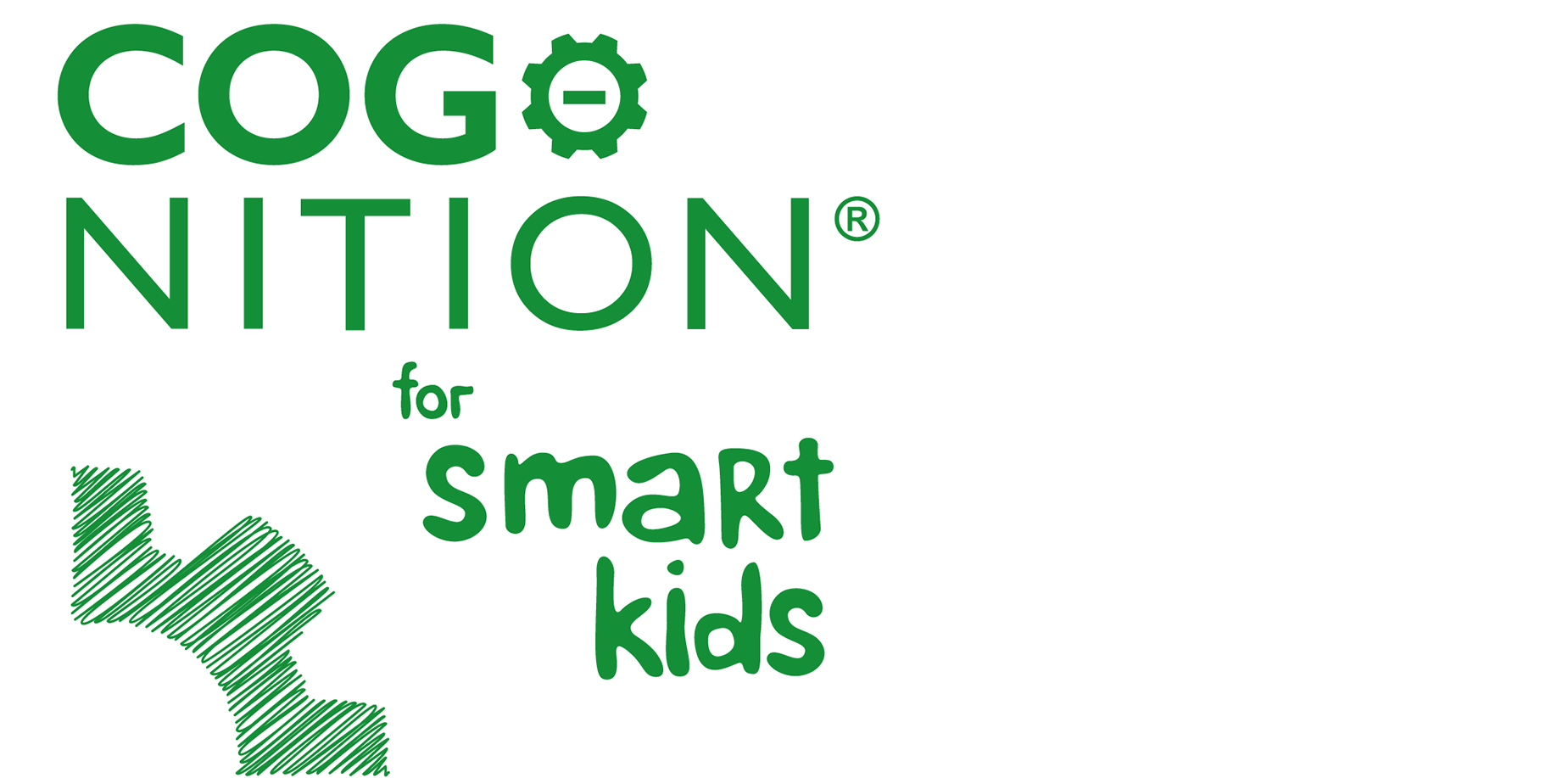Did you know that protein is the foundation of your child’s growth and development? In fact, the very word “protein” comes from the Greek word protos, meaning “first” – highlighting its essential role in building strong muscles, supporting brain function, and maintaining balanced energy levels.
Balancing protein with carbohydrates is the key to steady energy, improved focus, and fewer sugar cravings. When paired correctly, these nutrients help keep blood sugar stable and prevent hunger crashes.
Why It Matters:
✔ Protein provides amino acids, the building blocks of life. When your child eats protein-rich foods like meat, eggs, fish, dairy, lentils, beans, or quinoa, their body breaks down the protein into amino acids, which are then used to build muscle, organs, enzymes, and neurotransmitters – the brain’s chemical messengers.
✔ Combining protein with healthy carbs in meals and snacks keeps kids full for longer, reducing the urge to snack on sugary treats and helps improve concentration and brain function
What You Need to Know:
✔ Depending on age, children need different amounts of protein each day:
• 2-3 years – 13g
• 4-8 years – 19g
• 9-13 years – 34g
• 14-18 years (girls) – 46g
• 14-18 years (boys) – 52g
✔ Here are simple meal ideas to help your child meet their daily protein needs:
• Scrambled egg with whole-grain toast
• 50g serving of grilled salmon
• A handful of nuts and seeds (60g)
• A small bowl of beans (100g)
• A small tub of yogurt
• A serving of tofu (140g)
• A cup of quinoa
• A mix of beans and rice for a complete protein source
A typical day’s protein for a six-year-old might therefore include two of any of the following: an egg (10g), a 50g serving of salmon, a handful (60g) of seeds and nuts, or a serving of beans (100g).
For a vegetarian child, a typical day’s worth might be any two of the following: a small tub of yoghurt, a handful of seeds or nuts, a 140g (5oz) serving of tofu, a small cup of quinoa, or a small serving of beans with rice. The trick for vegetarians is to eat ‘seed’ foods – that is, foods that would grow if you planted them, which includes seeds, nuts, beans, lentils, peas, maize or the germ of grains such as wheat or oat. ‘Flower’ foods such as broccoli or cauliflower are also relatively rich in protein.
Packed with Protein: The Top 24
| Food |
Percentage of Calories as Protein (%) |
How Much Provides 20g of Protein |
|
|
|
| Grains/Pulses |
|
|
| Quinoa |
16% |
100g / 1 cup dry weight |
| Tofu |
40% |
275g / 1 packet |
| Maize |
4% |
500g / 3 cups cooked weight |
| Brown rice |
5% |
400g / 3 cups cooked weight |
| Chickpeas |
22% |
115g / 0.66 cup cooked weight |
| Lentils |
28% |
85g (3oz) / 1 cup cooked weight |
|
|
|
| Fish/Meat |
|
|
| Tuna, canned |
61% |
85g (3oz) / 1 small tin |
| Cod |
60% |
35g (1.25oz) / 1 very small piece |
| Salmon |
50% |
100g (3.5oz) / 1 small piece |
| Sardines |
49% |
100g (3.5oz) / 1 baked |
| Chicken |
63% |
75g (2.5oz) / 1 small roasted breast |
|
|
|
| Nuts/Seeds |
|
|
| Sunflower seeds |
15% |
185g (6.5oz) / 1 cup |
| Pumpkin seeds |
21% |
75g (2.5oz) / 0.5 cup |
| Cashew nuts |
12% |
115g (4oz) / 1 cup |
| Almonds |
13% |
115g (4oz) / 1 cup |
|
|
|
| Eggs/Dairy |
|
|
| Eggs |
34% |
115g (4oz) / 2 medium |
| Yoghurt, natural |
22% |
450g (1lb) / 3 small pots |
| Cottage cheese |
49% |
125g (4.5oz) / 1 small pot |
|
|
|
| Vegetables |
|
|
| Peas, frozen |
26% |
250g (9oz) / 2 cups |
| Other beans |
20% |
200g (7oz) / 2 cups |
| Broccoli |
50% |
40g (1.5oz) / 0.5 cup |
| Spinach |
49% |
40g (1.5oz) / 0.66 cup |
|
|
|
| Combinations |
|
|
| Lentils and rice |
18% |
125g (4.5oz) / small cup dry weight |
| Beans and rice |
15% |
125g (4.5oz) / small cup dry weight |
How to Implement Change
Today’s Challenge: Create a “Protein Power List” as a reminder of your family’s favourite protein foods and transfer this to your weekly shopping list. This is systemising your food environment, keeping you on track with powering up the nutrition of your kid’s meals and snacks.
📌 Next email: Is it Just a Spoonful of Sugar?
Wishing you and your child the best of health and happiness,
The COGNITION for Smart Kids & Teens Team
Further info

